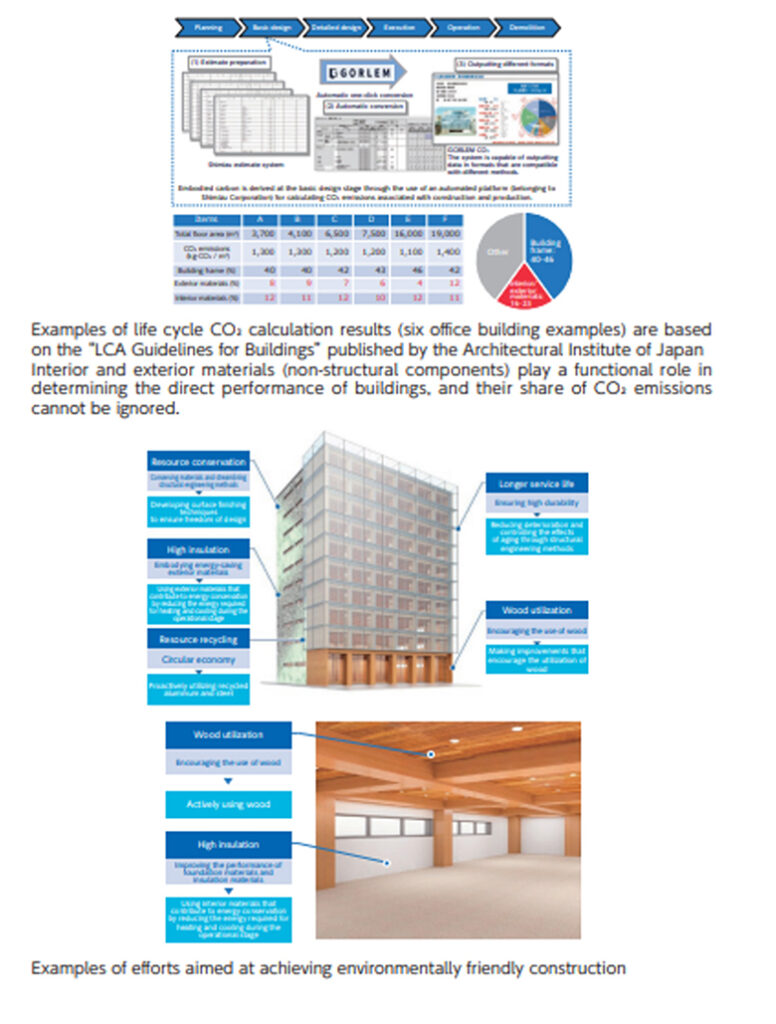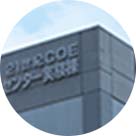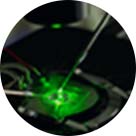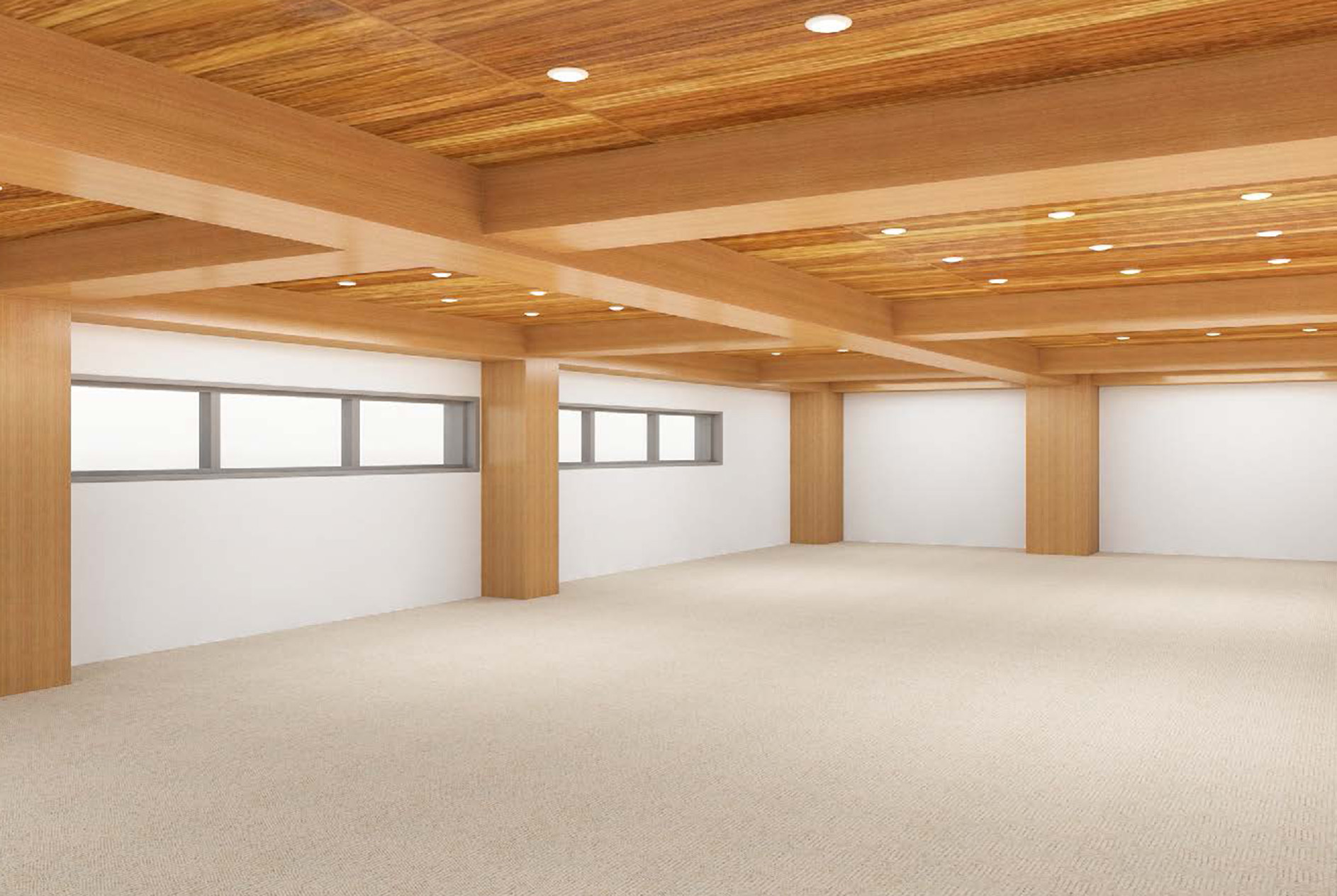Toward the realization of environmentally conscious architecture through research and development of high-performance materials and design-construction methods contributing to CO₂ emission reduction
Background and Purpose of the Project
As efforts towards decarbonization spread throughout society, the role served by the construction sector, which forms the foundation of people’s activities and lives, is immensely significant. It is essential to conduct a comprehensive examination that combines the academic foundation required for achieving highly advanced environmentally friendly architecture with the practical capability to implement these concepts in the real world. Given the significant advancements in energy conservation, renewable energy, and CO₂ reduction during the operational phase of buildings, the proportion of environmental impact generated during material procurement, production, and construction processes is relatively increasing throughout the entire building lifecycle. In particular, nonstructural components, which produce about 20% of the “Embodied Carbon” emissions during the construction phase, play an important role in controlling the diverse performance and functionality of spaces. On the other hand, while there are a vast number of combinations of materials and construction methods, and there have been many individual studies on it and social implementations from the perspective of environmental considerations, efforts to optimize the environmental impact, performance, and functionality of entire buildings have not been sufficient.
This project aims to establish practical design and construction methods that minimize environmental impacts throughout the entire lifecycle, by developing the evaluation methods for environmentally friendly architecture. Our fusion research project will serve as a platform for the development of new functional building materials that bridge advanced foundational research and practical applications, with the goal of creating new research fields.
Towards Achieving Environmentally Friendly Architecture through Reduction of Environmental Impact in Non-Structural Components
In the pursuit of reducing environmental impacts associated with non-structural components, a comprehensive assessment considering both Embodied Carbon and operational carbon emissions during the operational phase is necessary to evaluate the entire lifecycle CO₂ emissions of buildings, known as “Whole Life Carbon.” However, the evaluation methodology for Whole Life Carbon has not been definitively established. Moreover, it’s essential to take into account the impacts of variations in material production processes, the use of recycled materials, and other practical initiatives. However, when compared to structural materials, the inadequate progress in establishing a comprehensive database for non-structural materials, which is crucial for accurately calculating Embodied Carbon, is also a noteworthy concern.
Therefore, this project will advance research and development through the establishment of the following working groups for “Investigation of Environmentally Friendly Architecture Strategies,” which aims to construct evaluation and optimization methodologies for the design and construction of environmentally friendly architecture, as well as “Research and Development of Environmentally Friendly Construction Methods,” which involves the implementation of specific material and construction method developments.
i )Investigation of Environmentally Friendly Architecture Strategies
WG0: CO₂ Reduction Strategy
ii )Research and Development of Environmentally Friendly Construction Methods
WG1: Exterior Materials/WG2: Interior Materials/
WG3: Opening Components/WG4: Substrate Materials
In the WG0, we aim to construct a system that assesses and visualizes CO₂emissions of non-structural materials at each life stage. Additionally, we will promote research and development of materials and methods that achieve a high level of environmental performance and functionality for exterior materials (WG1), interior materials (WG2), opening components (WG3), and substrate materials (WG4), which have a significant impact on Whole Life Carbon.
Contribution of this Project
By promoting this industry-academia collaboration project as a comprehensive project based on open innovation, the project’s two collaborators intend to create pioneering examples in a wide range of boundary regions and lead the way in environmental conservation efforts within theconstruction industry. The realization of this initiatives is expected to result in the following contributions to the societal issue:
・Establishment of an ecologically congruous society via the formulation of methodologies underpinning design and construction facets of environmentally mindful architecture.
・Pioneering the development and real-world assimilation of novel material technologies and construction methodologies that underpin environmentally conscious architectural endeavors.
・The crystallization of an integrated framework that fosters both foundational research and societal deployment, culminating in the creation and implementation of pioneering environmentally conscious technological paradigms.
・Nurturing a cadre of adept professionals pivotal to the realization of environmentally conscious architectural endeavors.














